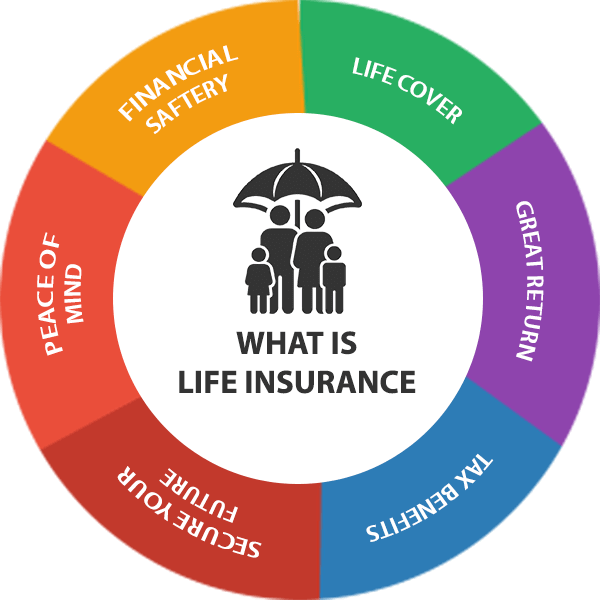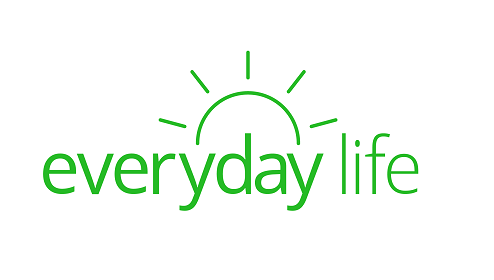Anyone who provides financial support or has dependents should seriously consider life insurance. Coverage provides a financial safety net if you die prematurely and saves those who depend on you from a world of hardship.
Parents, in particular, need life insurance to secure the financial health of their children if they die. Most parents cover the copious costs of living for their children, such as food, housing, and clothes. If a parent suddenly dies, the child would lose the financial support they need.
Read on to learn more about getting life insurance coverage as a parent.
When should parents get life insurance?
The best time for a parent to get life insurance is before becoming a parent. Life insurance rates go up with age. Life insurance rates also increase if you experience an adverse health condition, so it’s best to get coverage as soon as you start family planning.
Additionally, pregnancy can impact your life insurance application. If you are pregnant, you may receive higher rates or an application postponement after the second trimester or up to two months after birth. Multiple factors can impact your application while you’re pregnant, including:
- High-risk pregnancy
- High cholesterol
- Gestational diabetes
- Postpartum depression
Each insurer is different, so it’s important to shop around when buying life insurance.
How much life insurance should parents get?
Raising a child is expensive. According to The Brookings Institution, raising a child to age 17 now costs $310,605. Due to inflation, The Brookings Institution estimates this rate will raise by at least 4% by 2032.
While the general recommendation is to get 10 to 15 times your income in life insurance, parents have some additional factors to consider. For example, do you plan to pay for your children’s college tuition? If so, you may need to increase your coverage a bit. To determine how much you need, calculate the expenses you plan to cover and account for inflation. You’ll want to include food, a mortgage, medical bills and basic living expenses.
Additionally, you’ll want a policy that lasts long enough to provide the coverage your children will need. For example, if you’re getting a policy when your kids are in their teens, you might only need a 10-year term length. But if you’re getting a policy when your child is a newborn, you’ll want a term length of at least 20 years.
Talk to an agent about your needs to get a life insurance policy that offers enough coverage.
How to protect your children with life insurance
While life insurance is a great way to protect the financial future of your children, you also need to be cautious when determining your policy’s beneficiaries. Generally, insurers won’t pay out to minors, which may lead the death benefit to being tied up in court for years. By the time they receive the money, they may be adults — long after they needed the financial support.
But there are other ways to ensure your children get the money. Consider listing your children’s planned guardian as your policy’s beneficiary, such as your spouse or partner. You can also name an irrevocable trust as the beneficiary, ensuring the funds go toward your children’s care. By using a trust and designating a trustee, you can dictate exactly how the death benefit should be used after you die.
Life insurance for stay-at-home parents
The primary breadwinner isn’t the only parent who should get life insurance coverage. Stay-at-home parents make significant contributions to the household that would need to be replaced if they died. In fact, our study found that a stay-at-home parent’s contributions would amount to $126,725 if they were in the workforce. That’s a huge chunk of change that would need to be replaced if a stay-at-home parent died unexpectedly.
If you’re planning to start a family or recently decided you want to get financial protection for your family, it’s best to get coverage as soon as possible. Rates only increase with age, and locking in a policy ensures you get the most affordable price.










